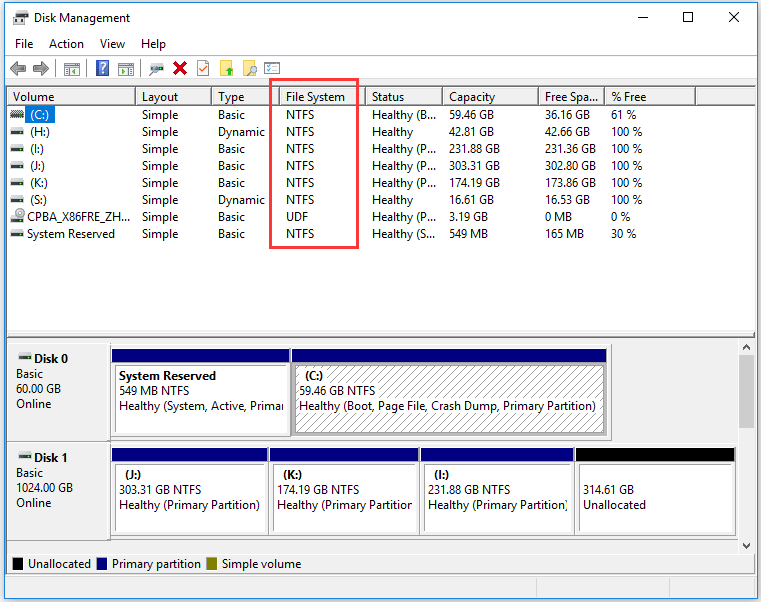

#SYSTEMNAME WINDOWS FILE PORTABLE#
In devices like digital cameras, flash memory, and other portable devices, it is also often found that is used to store file information. On hard drives and other computer systems, it helps to manage files on Microsoft operating systems. It stands for file allocation table and was first introduced in 1977, which is used for 12 or 16 bits for each and every cluster access into the file allocation table (FAT). The examples of file systems are given below:įAT: FAT is a type of file system, which is developed for hard drives. Furthermore, if a program is built for use in macOS, you will be unable to use this program on windows because programs are file system-dependent. In order to work, a file system is required by most of the applications you come into contact with therefore, each partition should have one. But it means two separate partitions are there that use the same physical disk. For instance, saying, "on the hard drive, two files systems are available," that does not have to mean the drive is divided between two file systems, NTFS and FAT. Sometimes the term "file system" is used in the reference of partitions. But Apple product (like iOS and macOS) uses HFS+ as operating system is horizon by many different kinds of file systems. Other than Windows, there are some other operating systems that contain FAT and NTFS file system. The size and location of the files are identified by the file system, and it also helps to recognize which sectors are ready to be used. On a storage device, files are stored in sectors in which data is stored in groups of sectors called blocks. The operations like metadata, file naming, storage management, and directories/folders are all managed by the file system. Also, it contains information about file size, file name, file location fragment information, and where disk data is stored and also describes how a user or application may access the data. The file system enables you to view a file in the current directory as files are often managed in a hierarchy.Ī disk (e.g., Hard disk drive) has a file system, despite type and usage. It would be impossible for a file with the same name to exist and also impossible to remove installed programs and recover specific files without file management, as well as files would have no organization without a file structure. Although there are various file systems with Windows, NTFS is the most common in modern times. Files and additional directories can be in the directories. It is abstract to a human user and related to a computer hence, it manages a disk's internal operations. It is a logical disk component that compresses files separated into groups, which is known as directories.

A file system is a process of managing how and where data on a storage disk, which is also referred to as file management or FS.


 0 kommentar(er)
0 kommentar(er)
